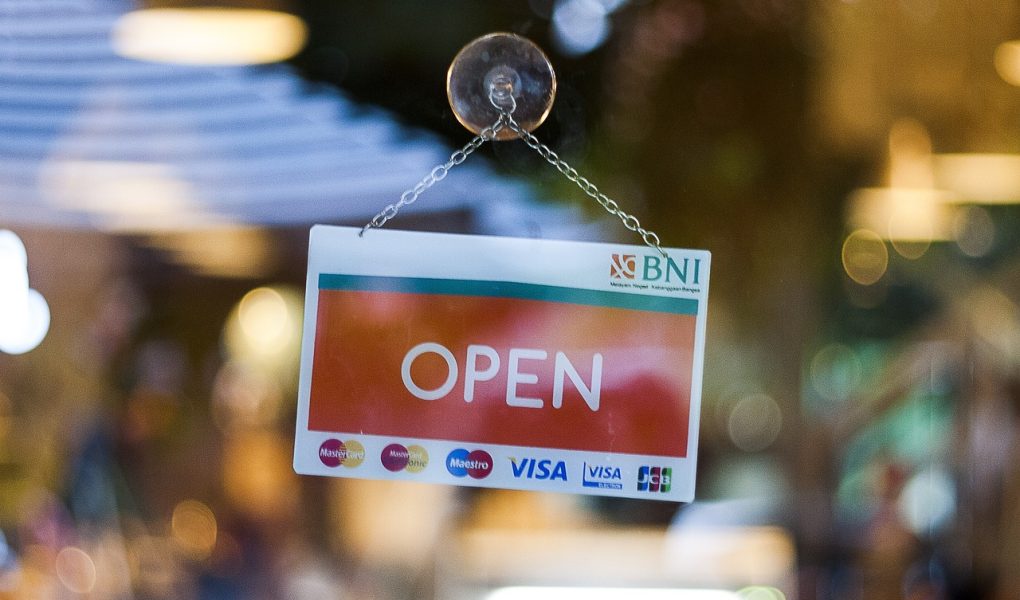In today’s highly competitive retail landscape, businesses must leverage the latest technologies to improve customer engagement and drive sales. One such technology that has been gaining popularity in recent years is ChatGPT – an AI-powered chatbot that can converse with customers in a human-like manner.
ChatGPT can be a powerful tool for retailers looking to boost sales, but it’s important to understand how to use it effectively. In this article, we’ll share some best practices for using ChatGPT to drive sales in retail.
Understand Your Customers’ Needs and Preferences
Before you start using ChatGPT, it’s crucial to understand your customers’ needs and preferences. This means taking the time to analyze customer data and gain insights into their behavior and preferences.
For example, you might discover that a large percentage of your customers are looking for a specific product or service. In this case, you could train ChatGPT to provide personalized recommendations based on their past purchases or browsing history.
Alternatively, you might find that customers are frequently asking the same questions about your products or services. In this case, you could train ChatGPT to provide helpful answers to these common questions, freeing up your customer support team to focus on more complex issues.
By understanding your customers’ needs and preferences, you can create a ChatGPT experience that is tailored to their unique requirements.
Provide Personalized Recommendations
One of the biggest benefits of using ChatGPT in retail is the ability to provide personalized recommendations to customers. By analyzing customer data and understanding their behavior and preferences, you can train ChatGPT to suggest products or services that are relevant to their interests.
For example, if a customer has purchased a specific type of product in the past, ChatGPT can suggest similar products that they might be interested in. This can help to increase sales by providing customers with a more personalized shopping experience.
To provide effective personalized recommendations, it’s important to use a machine learning algorithm that can analyze customer data and make accurate predictions.
This requires a large dataset and a sophisticated algorithm that can learn from customer behaviour over time.
Use ChatGPT to Upsell and Cross-Sell
Another way to use ChatGPT to drive sales in retail is to upsell and cross-sell products or services. By training ChatGPT to suggest additional products or services that complement what the customer is already purchasing, you can increase the average order value and boost sales.
For example, if a customer is purchasing a camera, ChatGPT could suggest additional accessories like a memory card or a carrying case. By presenting these products in a helpful and non-intrusive way, you can increase the likelihood that the customer will make an additional purchase.
To use ChatGPT for upselling and cross-selling effectively, it’s important to train the algorithm to make relevant and helpful suggestions. The suggestions should be based on the customer’s past purchases and preferences, and should be presented in a way that is not too pushy or salesy.
Use ChatGPT to Provide 24/7 Customer Support
One of the most significant benefits of using ChatGPT in retail is the ability to provide 24/7 customer support.
By training ChatGPT to answer common customer questions and provide assistance with issues such as returns or exchanges, you can improve the customer experience and increase sales.
Customers today expect instant gratification, and by providing round-the-clock customer support, you can meet these expectations and improve customer loyalty. This can lead to repeat business and positive word-of-mouth recommendations, which can further boost sales.
Use ChatGPT to Collect Customer Feedback and Improve the Experience
Another important use case for ChatGPT in retail is collecting customer feedback and using it to improve the shopping experience.
By training ChatGPT to ask for feedback after a purchase or interaction, you can gain valuable insights into what customers like and dislike about your products or services.
This feedback can be used to improve your offerings and better meet the needs of your customers. For example, if customers consistently complain about the same issue with a product, you can use this feedback to make changes or improvements to the product.
Additionally, by showing customers that you value their feedback and are committed to improving the customer experience, you can build trust and increase customer loyalty.
Implement ChatGPT on Multiple Channels
To maximize the effectiveness of ChatGPT in driving sales in retail, it’s important to implement it on multiple channels.
This means using ChatGPT not only on your website, but also on social media platforms, messaging apps, and other channels where customers might be interacting with your brand.
By using ChatGPT across multiple channels, you can provide a consistent and seamless customer experience, regardless of where customers are interacting with your brand. This can help to increase engagement and drive sales by making it easier for customers to get the information and support they need.
Use ChatGPT to Provide a Personalized Shopping Experience
Finally, one of the most powerful ways to use ChatGPT in retail is to provide a personalized shopping experience.
By training ChatGPT to understand the customer’s preferences and provide relevant recommendations, you can create a shopping experience that is tailored to their unique needs.
This can help to increase customer satisfaction and loyalty, as well as drive sales by presenting products or services that the customer is more likely to be interested in.
Additionally, by providing a personalized shopping experience, you can differentiate yourself from competitors and create a competitive advantage.
Conclusion
In conclusion, ChatGPT can be a powerful tool for retailers looking to drive sales and improve customer engagement.
By understanding your customers’ needs and preferences, providing personalized recommendations, using ChatGPT for upselling and cross-selling, providing 24/7 customer support, collecting customer feedback, implementing ChatGPT on multiple channels, and providing a personalized shopping experience, you can maximize the effectiveness of ChatGPT in driving sales in retail.
As with any new technology, it’s important to experiment and iterate to find the approach that works best for your business.
By testing and refining your ChatGPT strategy over time, you can continue to improve customer engagement and drive sales in retail.




